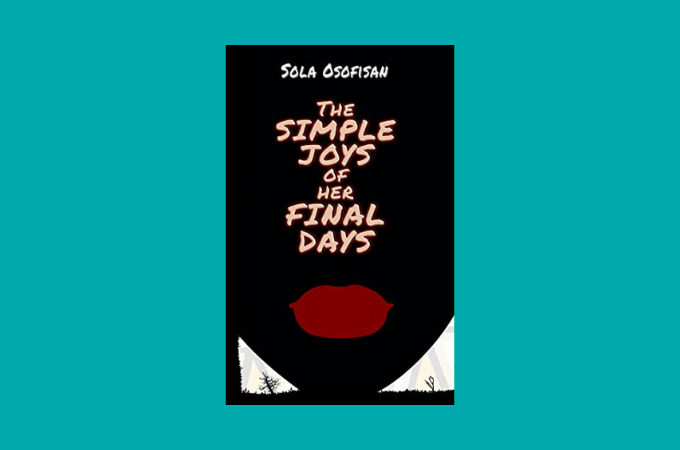
“Home is laughter and tears, a place you hate to love.” — Sola Osofisan
It was a month before I started reading the collection, and about three weeks after getting my copy of the book, that I spoke with a visiting friend, in passing, about how Diasporic African literature today engaged characters who were rather unwilling to take on their Africanness to America, Europe, or wherever they found themselves outside the continent. I would not have known then that Sola Osofisan’s The Simple Joys of Her Final Days, which was already sitting on my table would be one of those books that went out of its way to draw bridges. After reading the book, I asked Osofisan as to his reason for this. He simply responded: “When you live abroad, home is a complicated word. Writing about it is not something you can help.”
Osofisan’s collection of twelve remarkable short stories crisscrosses boundaries, topics and emotions. There is an impulsiveness to it, a laughter at point A, and sudden goriness at Z. But perhaps the most amazing quality in the temper of the stories is Osofisan’s handling of each work like a movie. Osofisan is a filmmaker, and he showed it in his work, training imaginary cameras on the most minute detail in the stories, and pulling up, enlarging this detail to accommodate other details until we reach a point of full realisation. Osofisan’s stories are well-layered onions, and usually, they make us shed a tear.
Was I privileged to receive a copy of the book from Osofisan himself? Without a doubt. It started as a first-time, rather unexpected phone call, and it culminated days later into a dispatch rider handing the package to me with the book in it. Although I knew about Osofisan, I had not heard about the book before then in January 2022. I had emailed him for a magazine collaboration two years before, and later read his wonderful poem in an issue of Okike. I was then happy to see what this book unfurled. Alas, on opening the package, it turned out to be a collection of short stories. The size of the book could not have given that away, since most short story collections I had read were half the size of this. Naturally, I had assumed it was a novel. For a collection of twelve stories, and a book that big with a regular sized font, it was not unexpected for me that — save for the first story in the collection, “Mysterious Ways” — the rest of the eleven stories were rather longer than I would have thought. But the length of the book does nothing to deter the work from fulfilling its purpose. In fact, the work’s 308 pages do the exact opposite. The stories are new, the characters are novel, real, intimate, and immediate. They happen to us from the very pages. They are in our faces. From their places in Lagos, Nigeria, or far off in New Jersey, America, they are characters we know. We grow to flow with the writer and watch where he takes us to.
The stories are strategically diverse and multi-layered thematically, geographically, linguistically, and structurally. However, Osofisan weaves loss, in all its gory derivatives, around the piece. Loss and deprivation surround the work, running like a multi-coloured thread through its entire cloth. The biggest derivative of loss in Osofisan’s work is death, a concept that is universal, and grounded in the collection.
Nkolika in “The Woman in the Corner” meets Abeni, an arrested mother who nurses, quite literally, in her hands, an unsaid grief. When the two women meet in their private space, they share overwhelming truths: Nkolika’s supposed mourning of her abusive husband and his death from cancer, and Abeni’s loss of her own child and her wish to bury her honourably.
In “Immortal,” Chinedu “Immortal” Akalaka hustles in America to run a store. When luck smiles on him and he wins a lottery, he realises he would lose it as suddenly when he is asked for original personal documents to verify his identification as a legal citizen in the country. The tragedies of Akalaka’s life build up to that very moment, erupting in a bout of insanity.
In “Mysterious Ways,” the first and shortest story in the collection, Zara loses grip of her home, and she learns that she could be more than what she thinks she is when she considers the offer of an unsolicited assassin.
Osofisan’s cinematographic intent is perhaps most prominent in “Disorderly Person.” The story meets Maja — a Nigerian teenager living in America — sitting in a limousine. Through flashbacks, Maja’s life is brought into retrospect. It is a life of honour and love, of a failing father who decides to take the fall for his son’s sins.
Osofisan paints African Diasporic fiction in new colours. We experience characters who leave home but take home with them. The Nigerian characters are not naïve and impressionable. Osofisan — deliberately or not — paints them as custodians of home and of the Nigerian culture. Osofisan believes that home is only a shadow that follows a man wherever he goes. A man does not leave his shadow when he leaves a place. “Especially in the case of Nigeria, home is laughter and tears, a place you hate to love. So much potential daily squandered. It’s agonizing. But it’s easy to be judgmental from a distance,” Osofisan explained.
In many African Diasporic fictions (predominant in NoViolet Bulawayo’s We Need New Names, and Yaa Gyasi’s Transcendent Kingdom), there are characters who leave their countries in Africa and go to America and Europe to become totally entwined to the foreign culture and forgetful of what stood at home. The writers do not find it necessary to allow their major characters to rebuild home away from home and take their shrines with them. These characters become unhomed and self-exiled, unwilling to reflect their old values and wear the cloaks of different men. But it cannot be totally that way, Osofisan reasons. It is life, and with its complexities, exceptions make themselves. For instance, although the reasons are not made particularly clear, Goke’s desire in the final story “Scatter,” to have his body cremated goes against the unspoken laws of most Nigerians. Goke’s sister, Tiwa, says to his wife, Sarah, that, “in our culture, we respect the dead by laying them to rest with prayers” (300).
In “Disorderly Person,” Maja’s father decides to bring his children from Nigeria to America to stay with him and his unsuspecting American wife and child. When Maja grows rebellious, and peddles with a drug dealer, Maja’s father, rather than letting his teenage son go to jail, takes the punishment. Osofisan draws the predominantly African belief that a parent should take the fall for their children’s mistakes since they are only too young to realise how they err. In the final scene, Maja gets to understand the value of a father’s honour to his children.
Rinu, a Nigerian lawyer living in America, holds the old African conviction that a mother should never see where her child is buried. And so, when her child dies, she waits at the gates of the cemetery, afraid to go inside and cry at her child’s grave. “Drought Out of Season” introduced Abigail Aina for the first time in the collection where, on her arrival to America and on seeing her child Rinu — in an unexpected turn — leads her to the child’s grave to “have an overdue conversation with the grave” (237).
Abigail Aina reemerges in “Scatter” where she meets Sarah in a plane, as Sarah and her two children make their first visit to Nigeria to scatter Goke’s ashes in his home. Home is significant in this story. Sarah says, “some people have more than one home, especially if they grew up elsewhere.” To Sarah, even though Goke had become an almost fully formed American, Nigeria was still his home, and his ashes were going to be taken there. Mirroring the scene with Nkolika and Abeni, Abigail and Sarah share in those moments on the plane deep secrets tied with the bond of love, blood and grief. One woman leaves a body behind in America, another returns to Nigeria with one.
In “The Simple Joys of her Final Days”, Banji, a Nigerian immigrant in America, finds difficulty in convincing his Nigerian mother to let him marry an American model. Banji’s mother, thence, functions as a leach that tries in vain to keep her son “in check” and in tune with what his culture demands of him. There is a certain risk involved in multiracial marriages, and Banji’s mother is aware. It occurs again in “Scatter” with the tussles from both sides of their families to marry the right person since the product of such marriages are “doomed” to be half-castes, noisome hybrids, uncertain and lost.
“A Hereditary Disease” is set in the hurly burly city of Lagos, Nigeria, a city rife with crime, dirt, and a savage zeal to survive at all costs. When the narrator, a salesman peddling “chalk” drugs lies to the people in the bus and makes money off them, like everyone else, he does not consider consequences. Lagos does things to a person they do not believe possible.
From Ifueko’s loss of her fiancé in “New Every Morning,” and her morbid refusal to let go of the trauma, to paranoid, power-drunk presidents in “It Is What It is,” to the dark cloud surrounding the real identity of the mad man in “Rag Doll,” to a letter bomb attack and the struggles of Sunday to make his mail rounds in “Credible Threat,” Osofisan builds a mansion of memories. These memories stick far and long. This is helped much more by Osofisan’s very sparse use of character names, preferring to replace names with referent noun phrases. An uncanny trick, it proves ultimately effective in leaving the characters memorable.
If Virginia Woolf’s description of prose as able to take “the mould of the body and mind entire,” is anything close to accurate, Sola Osofisan has done an impressive job at it. Osofisan has shaped a new kind of magic.


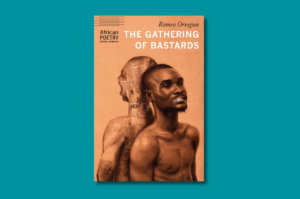
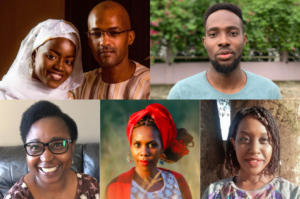
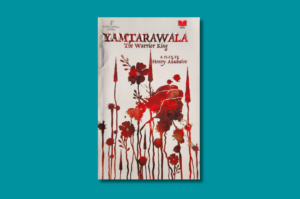
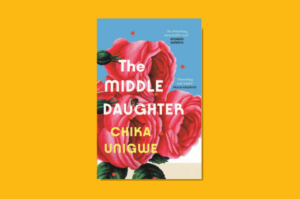

COMMENTS -
Reader Interactions